A lot has changed in the past 30 years, and the financial industry is no exception when it comes to meeting the financial needs of women, which often differ from those of men.
With women now making many household financial decisions, dynamics are evolving in family finances, insurance, investments, and retirement planning. Sound planning should involve a holistic approach and include collaboration to include multiple perspectives.
Women have a growing role in planning and finances
According to Wealth Professional, “today, women are the primary breadwinners in over 31% of households in Canada. By 2024, they are anticipated to control about $2.7 trillion of the country’s total household wealth. Looking further out into the next several decades, they stand to receive 70% of intergenerational wealth transfers totalling $71trillion (1).”
Women have a longer life expectancy
On average, Canadian women are living longer than men by approximately 3.5 years (84.74 vs 81.15), and many are living past age 90 (2). As women determine retirement income needs, it’s important to ensure that these additional years are covered as increased longevity increases the likelihood of needing home care services or entering an assisted living facility.
Women, child rearing, and eldercare
While numbers might be edging upwards for men who become stay-at-home parents, women are still four times more likely to take on this role (3). Women are also far more likely to reduce work hours, take time off or leave work to care for aging parents. In fact, adult daughters provide twice as many eldercare hours to aging parents when compared with adult sons (4).These breaks in employment can have a serious impact on the financial future of a woman.
According to one 2018 study, “stay-at-home parents are half as likely to get a job interview as parents who have been laid off. And the mothers who do find a job are often penalized for their time away. “[W]omen who spend three years or more out of the workforce lose 37% of their earning power. [And] study after study has shown that even the women who do successfully re-enter the workforce after a career break never fully catch up to their earnings potential (5).”
So, what does this mean if you are a woman? Well, you and your partner need to carefully consider risk. What would your income look like if your marital status changed later in life or if your partner were to pass on or become sick, or injured and unable to earn an income? A thorough needs analysis can provide you with peace of mind that your financial future is secure.
When your income is crucial
If you are a single-income household, you are certainly aware of all the financial responsibilities that rest on your shoulders. Sound planning is vital since your needs will be different than a two-income household. It is important to consider disability insurance coverage, along with critical illness insurance because there isn’t a second income to defray unexpected expenses. A solid retirement plan can round out your approach, giving you security and peace of mind.
References
1. Almazora, Leo. Are Canadian women entering an age of financial empowerment? Wealth Professional. March 8, 2021.
2. Wordometer. Life Expectancy of the World Population. Worldmeter. March, 2022.
3. Honderich, Holly. Why ‘stay-at-home parent’ is a job title. BBC. April 14, 2021.
4. Almazora, Leo. How the gender pay gap adds up over women’s lifetimes. Wealth Professional. May 16, 2018.
5. IBID.
Source: Charts are sourced to https://www.thelinkbetween.ca/
The contents of this publication were researched, written and produced by The Link Between (https://www.thelinkbetween.ca/) and are used by Echelon Wealth Partners Inc. for information purposes only.
Disclaimers
Echelon Wealth Partners Inc.
The opinions expressed in this report are the opinions of the author and readers should not assume they reflect the opinions or recommendations of Echelon Wealth Partners Inc. or its affiliates. Assumptions, opinions and estimates constitute the author's judgment as of the date of this material and are subject to change without notice. We do not warrant the completeness or accuracy of this material, and it should not be relied upon as such. Before acting on any recommendation, you should consider whether it is suitable for your particular circumstances and, if necessary, seek professional advice. Past performance is not indicative of future results. The comments contained herein are general in nature and are not intended to be, nor should be construed to be, legal or tax advice to any particular individual. Accordingly, individuals should consult their own legal or tax advisors for advice with respect to the tax consequences to them.
Please note that only Ventum Financial is a member of CIPF and regulated by IIROC; Chevron Wealth Preservation Inc. is not. ** Insurance products and services are offered by life insurance licensed advisors through Ventum Insurance Services a wholly owned subsidiary of Ventum Financial Corp.




